(Prices correct as of today’s date, are updated daily, are subject to change and represent genuine availability at time of update).
Cruise only holidays are financially protected by ABTA. Fly cruise holidays are financially protected by Holland America Line under ATOL number 6294
Please click here to check the essential travel requirements before booking this cruise.
Want to add a hotel stay or change your flights?
Just call our team of cruise specialists to help build your dream cruise holiday today!
Prices based on 2 people sharing. Cruise only price does not include flights. Fly-cruise price may vary by chosen UK airport.
Itinerary
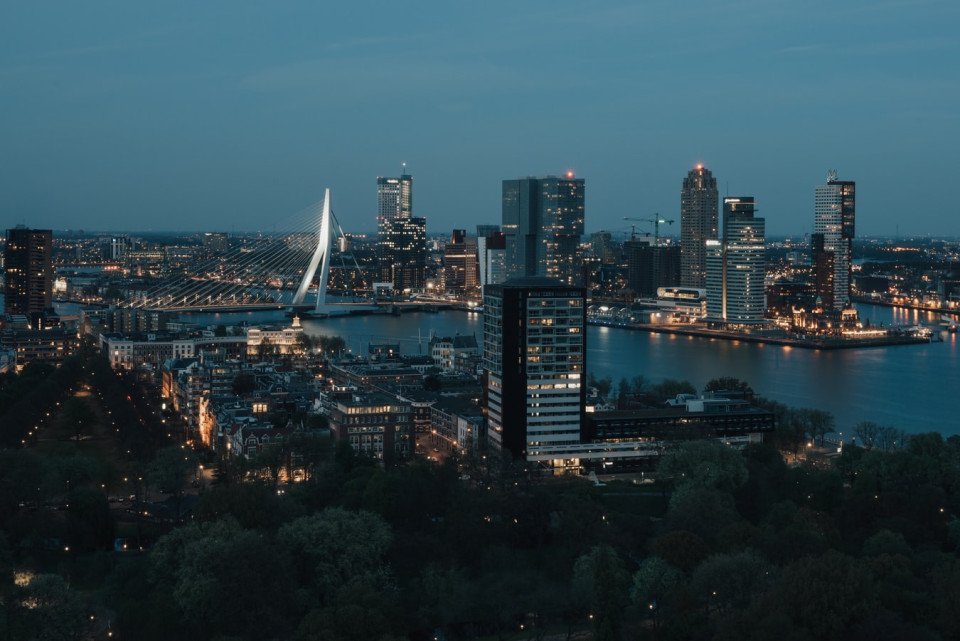
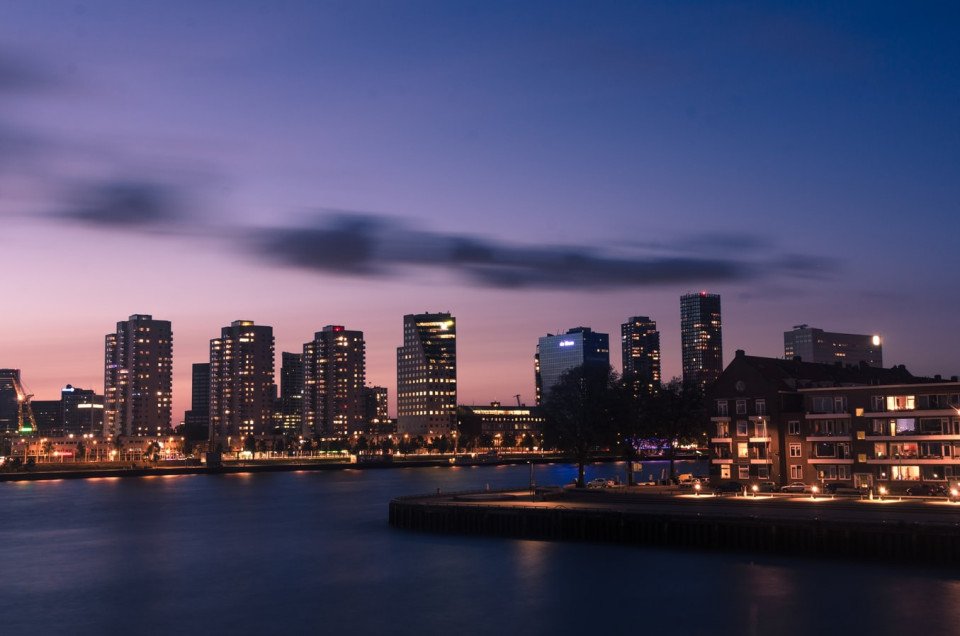
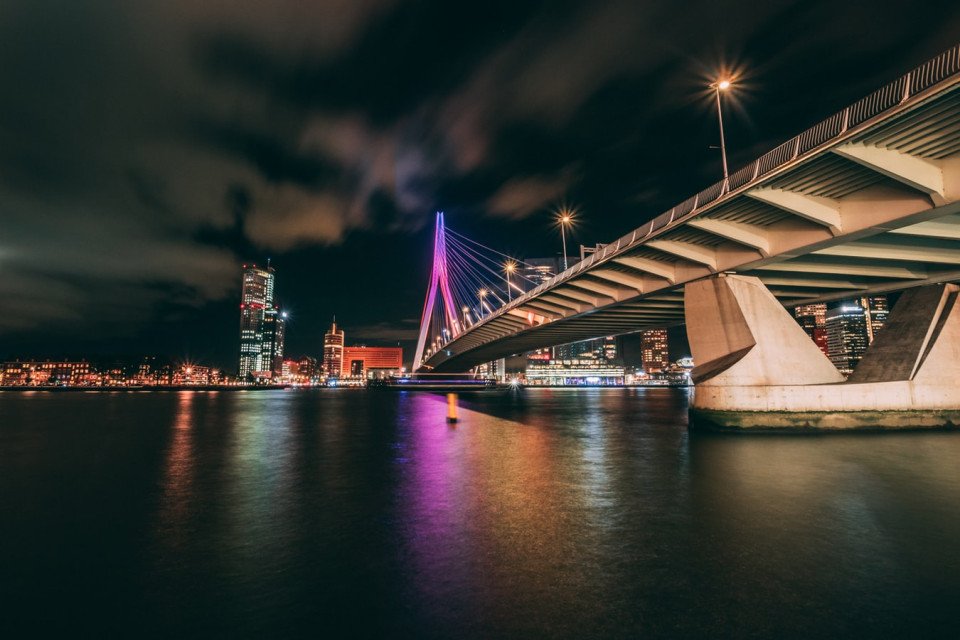
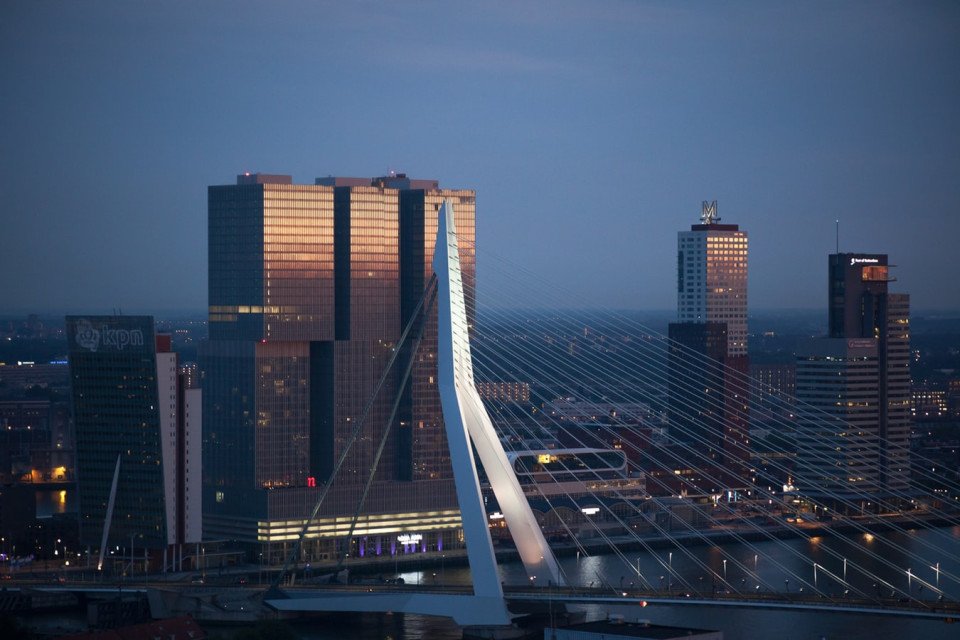
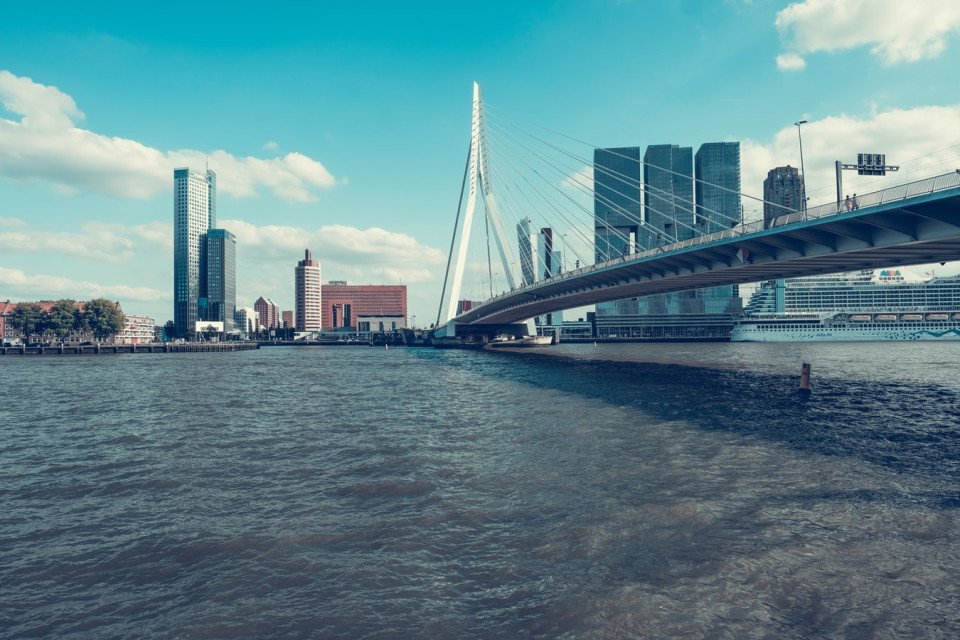
Rotterdam
Rotterdam is a city that's a long way removed from most people's stereotypical notion of the Netherlands. There are few, if any, canals to be found here nor are there any quaint windmills. There is, however, a thriving modern city which is one of the busiest ports in the entire world.
Rotterdam
At Sea
Åndalsnes
Trondheim
At Sea
Honningsvåg
Hammerfest
Alta
At Sea
At Sea
Husavik
Akureyri
Isafjørdur
At Sea
Nanortalik
At Sea
Ilulissat (Jakobshavn)
Sisimiut (Holsteinsborg)
Nuuk (Godthaab)
At Sea
At Sea
Reykjavík
Reykjavík
At Sea
Runavík
Lerwick, Shetland Islands
At Sea
Dover
Rotterdam
What's Included with
Holland America Line
Use of swimming pools, hot tubs, fitness centre and leisure facilities where available
Accommodation
Breakfast, lunch, dinner and snacks in a choice of included dining venues
Entertainment throughout the day and evening
Complimentary shuttle service from ship to port where available
Explore Nieuw Statendam
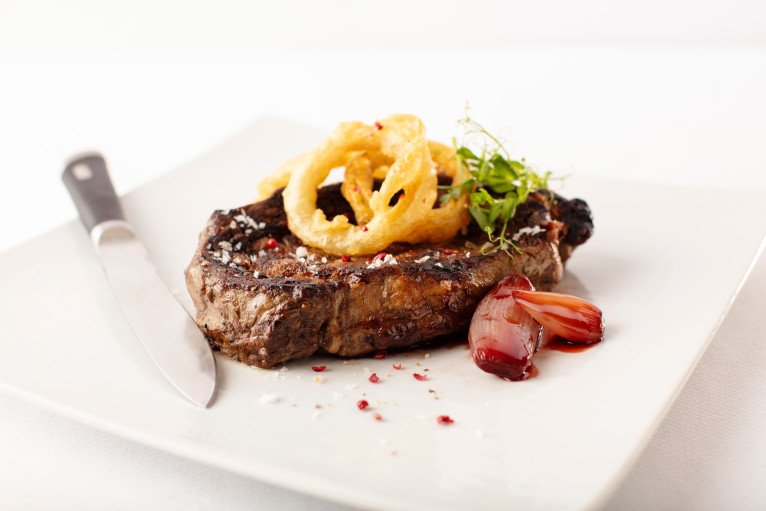

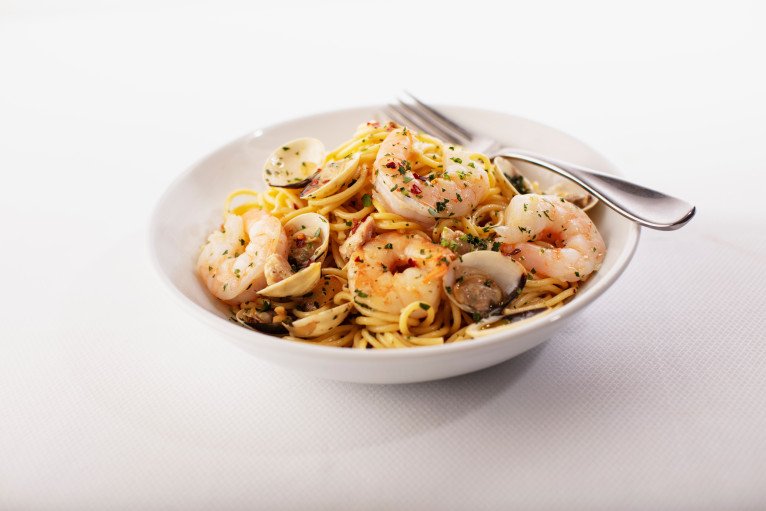

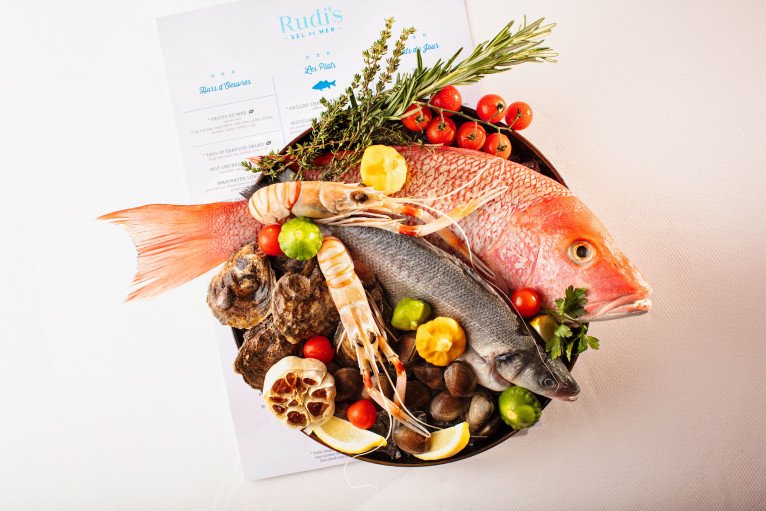

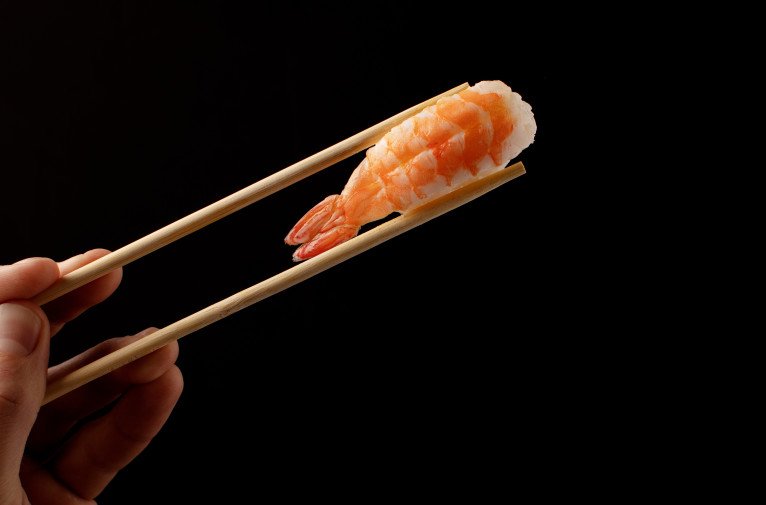

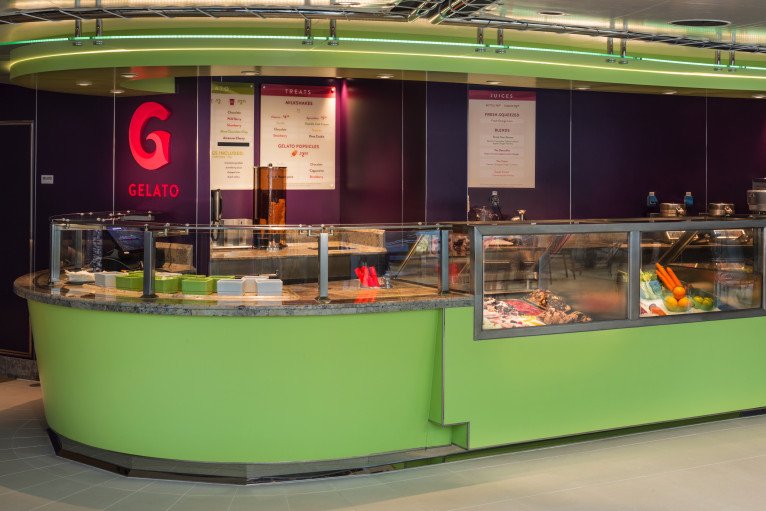
Pinnacle Grill
Pinnacle Grill is the ultimate steakhouse at sea, where an exceptional menu and impeccable service make for one of finest meals you’ll ever have. The refined menu features a selection of 28-day wet-aged USDA Prime steaks — meticulously chosen to guarantee the finest quality — as well as classic steakhouse dishes and innovative recipes from James Beard Award-winning chef and Culinary Council® member, David Burke. Every dish is exquisitely prepared, beautifully plated and complemented by a vast collection of award-winning wines. Here, your meal is an event unto itself, a celebration of fine dining and a triumph of flavour.






Explorations Central
EXC Talks
Get an insider’s perspective at these informative onboard talks. In select regions, EXC Talks feature multimedia presentations that bring each destination to life with captivating storytelling and expert commentary.
EXC Culture
Start your immersion in a destination’s culture and history before you even step on shore, with help from local experts, artists and performers.
EXC Nature
Study the natural world in all its beauty and complexity—from landscapes carved over millennia to animals that have made amazing adaptations to their environments.^
EXC Photography
Learn to capture your most memorable travel moments with expert photography instruction and unique opportunities to use your newfound skills in port.^
EXC Port To Table
Food is the gateway to understanding a culture. Delve into each region’s culinary traditions through onboard cooking demonstrations, and food and wine tastings (fleet wide Jan. 1, 2020).
Unique Shore Excursions
Choose from our award-winning shore excursions and immerse yourself in authentic, engaging travel experiences—easily, comfortably and conveniently.


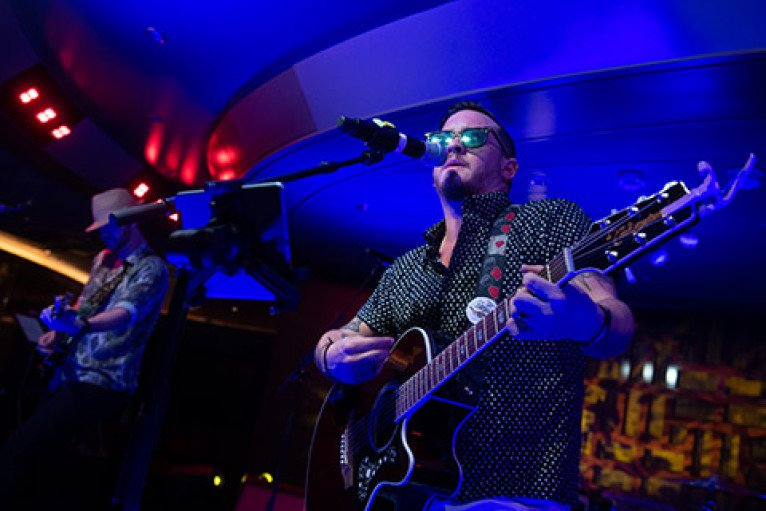


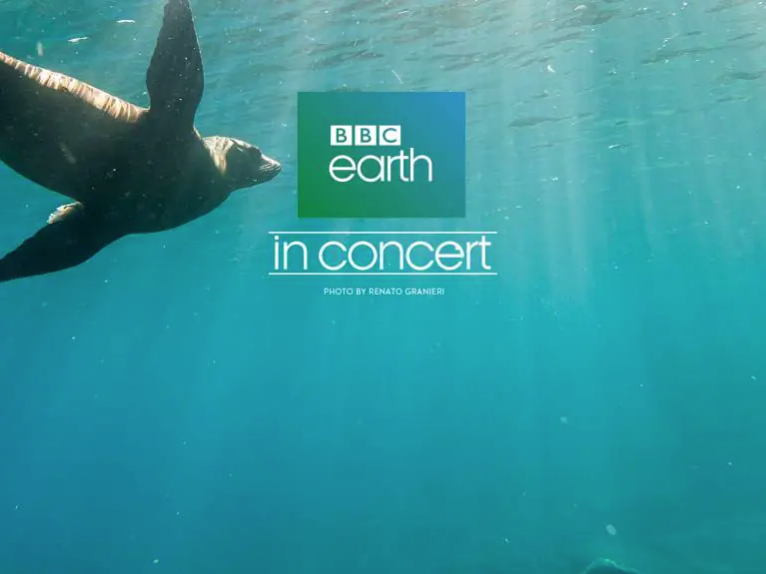
B.B King's Blues Club
When you’re in the mood to move, it’s time for live music on your cruise. Direct from Beale Street in Memphis, B.B. King’s All-Star Band cooks up a rich southern heritage of classic soul and rock & roll to get you dancing.


Greenhouse Spa & Salon
During a leisurely day at sea, few places help you refresh, relax and rejuvenate like the Greenhouse Spa & Salon and Fitness Center. This heavenly retreat nurtures every aspect of your well-being with renowned spa rituals and healing touches. In the spa, pamper your skin with facial treatments featuring premium, naturally sourced ingredients. Nurture your body, too, with massage treatments employing time-honored, hands-on massage techniques gleaned from around the world.
On most Holland America ships the spa experience begins inside the Greenhouse Retreat, a social relaxation center. Lie on a heated tiled lounger or immerse yourself in the hydropool filled with calming ocean water heated to body temperature. The warm — not hot — temperature of the hydropool allows you to stay immersed and enjoy the benefits of the jets longer than a traditional hot tub.
Step into one of the mild saunas or steam grottos to warm yourself to the core and enjoy a DIY exfoliating scrub to get your skin super-soft for the next port. Day and full-cruise passes to the Greenhouse Retreat are available.
Hair & Nail Services
Open your mind to the creativity of our international stylists and leave the salon today with a hairstyle that will put a bounce in your step and your locks!
Treatment Rooms
Relaxing treatment rooms offer breathtaking views where guests can enjoy exotic skin, body, and hair treatments ranging from hot stone massages and pedicures to hair styling and facials.
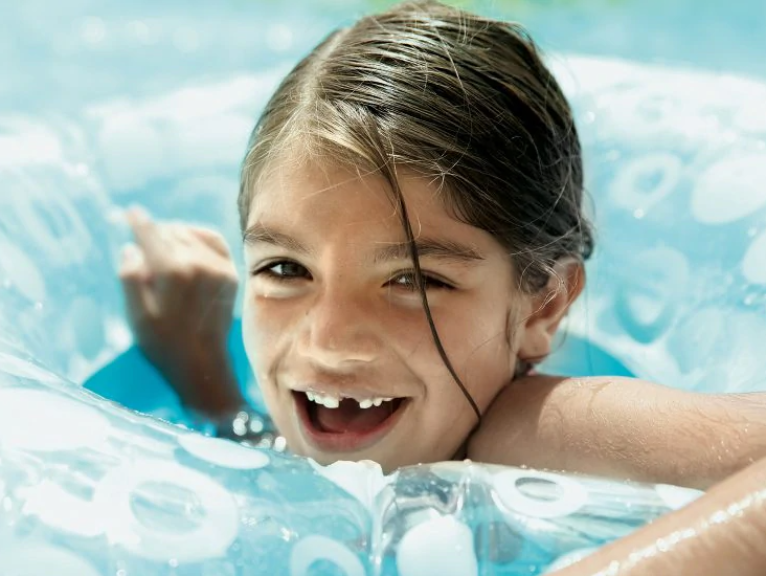
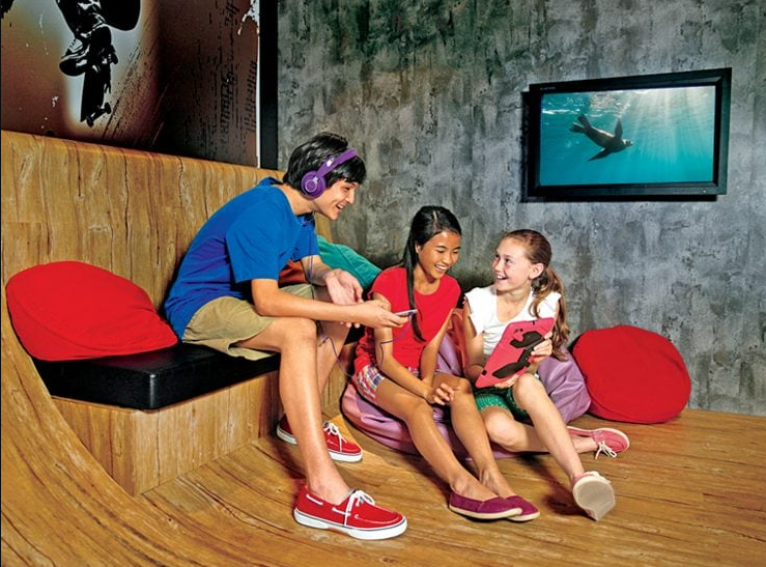
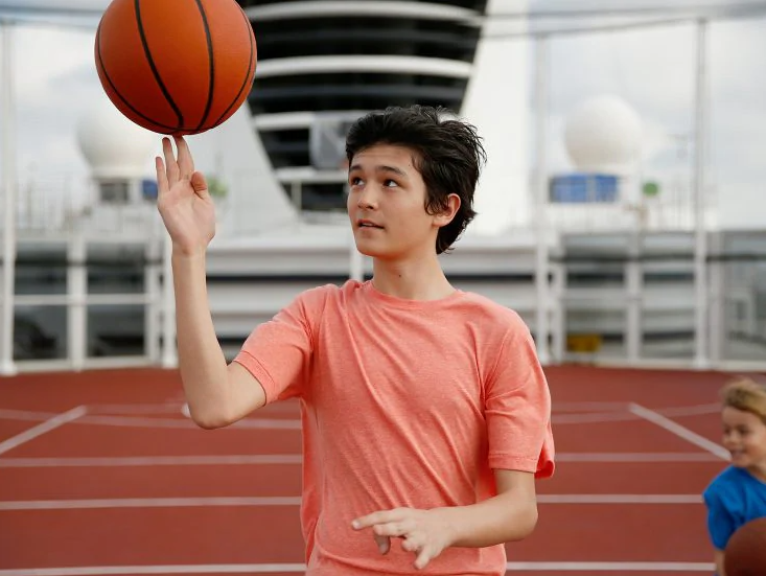
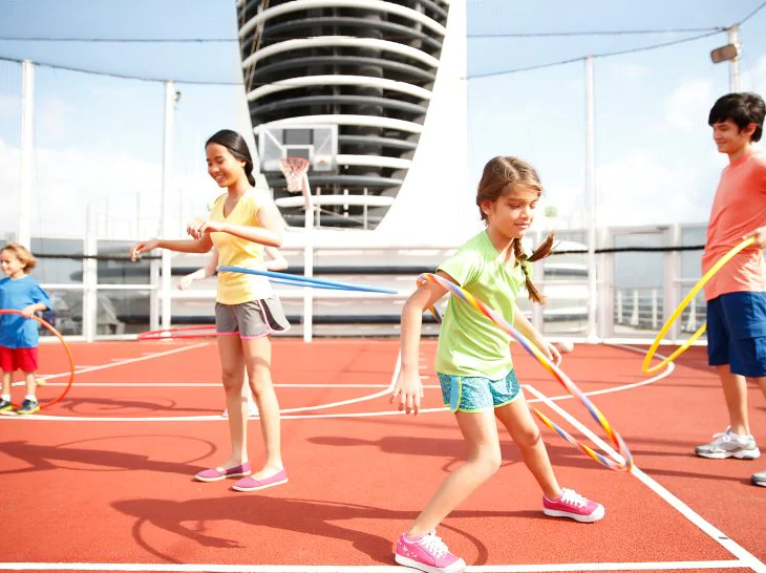

Kids Programs (Ages 3-6)
Highlights for kids ages 3 to 6 include a variety of activities, crafts, games and theme parties, such as “Dino-Mite Night” and “Ships Ahoy Pirate Treasure Hunt Adventure.”
Deck 12 - Observation Deck

- Explorations Central & Café
- The Retreat
Deck 11 - Sun Deck

- Sun Deck
- Sun Bar
- Sports Court
- Jogging Track
- Sliding Dome Cover
- Neptune Suites
- Verandah Staterooms
- Ocean-View Staterooms
- Interior Staterooms
Deck 10 - Panorama Deck

- Tamarind Restaurant and Bar
- Nami Sushi
- Club HAL
- Panorama Bar
- New York Deli & Pizza
- Greenhouse Spa & Salon
- Neptune Spa Suites
- Verandah Spa Staterooms
- Large Ocean-View Spa Staterooms
- Interior Spa Staterooms
Deck 9 - Lido Deck

- Sea View Pool
- Sea View Bar
- Lido Market
- Canaletto
- Dive-In
- Gelato
- Lido Bar
- Lido Pool
- Greenhouse Spa & Salon
- Fitness Centre
- Hydro Pool
- Movies Poolside
Deck 8 - Navigation Deck

- Bridge
- Neptune Suites
- Vista Suites
- Verandah Staterooms
- Interior Staterooms (Large & Standard)
Deck 7 - Schubert Deck

- Neptune Lounge
- Pinnacle Suite
- Neptune Suites
- Signature Suites
- Vista Suites
- Verandah Staterooms
- Ocean-View Staterooms
- Interior Staterooms (Large or Standard)
Deck 6 - Mozart Deck

- Neptune Suites
- Vista Suites
- Verandah Staterooms
- Interior Staterooms (Large & Standard)
Deck 5 - Gershwin Deck

- Neptune Suites
- Signature Suites
- Vista Suites
- Verandah Staterooms
- Interior Staterooms (Large & Standard)
Deck 4 - Beethoven Deck

- Neptune Suites
- Vista Suites
- Verandah Staterooms
- Large Ocean-View Staterooms
- Interior Staterooms (Large & Standard)
Deck 3 - Promenade Deck

- The Dining Room
- Photo Shop
- Grand Dutch Café
- Guest Services
- Atrium
- The Shops
- Art Gallery
- Casino
- World Stage
Deck 2 - Plaza Deck

- The Dining Room
- Club Orange Dining Room
- Blend
- Ocean Bar
- Rudi's Sel De Mer
- Atrium
- Pinnacle Grill
- The Shops
- Lincoln Centre Stage & B.B. King's Blues Club
- Merabella Luxury Shop
- Billboard Onboard
- Rolling Stone Rock Room
- Notes
- World Stage
Deck 1 - Main Deck

- Atrium
- Half Moon
- Hudson
- Stuyvesant
- Internet Centre
- Ocean-View Staterooms (Family, Large & Single)
- Interior Staterooms (Large & Standard)
Nieuw Statendam Cabins & Suites


Interior




Ocean View Staterooms


Verandah/Aft-View Verandah/Obstructed Verandah







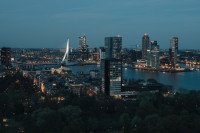
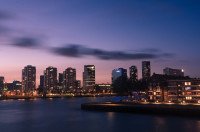
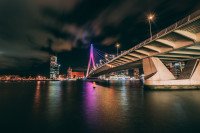
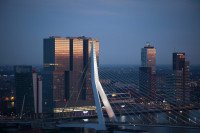
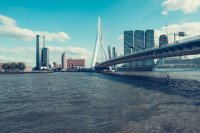
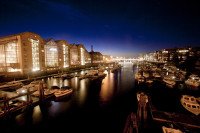
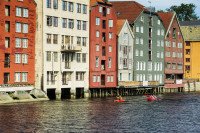
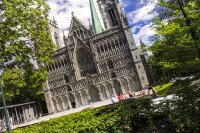
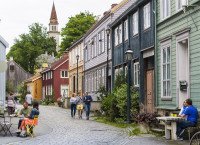
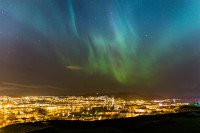
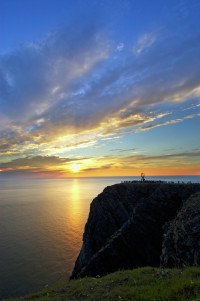
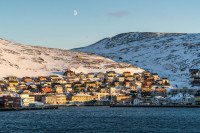
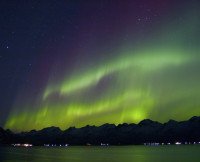
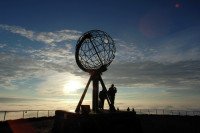
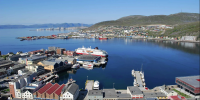
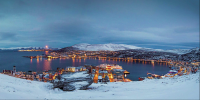

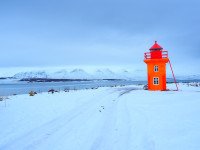
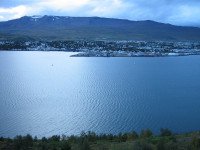
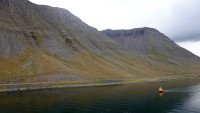

-thumb.jpg)
-thumb.jpg)
-thumb.jpg)

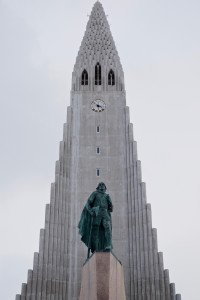
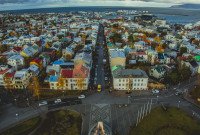


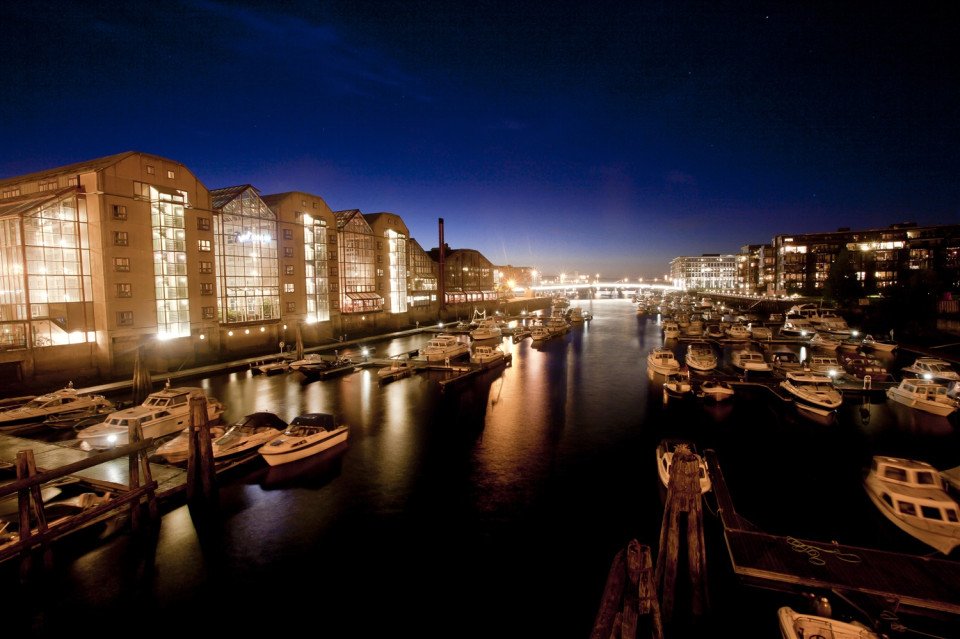
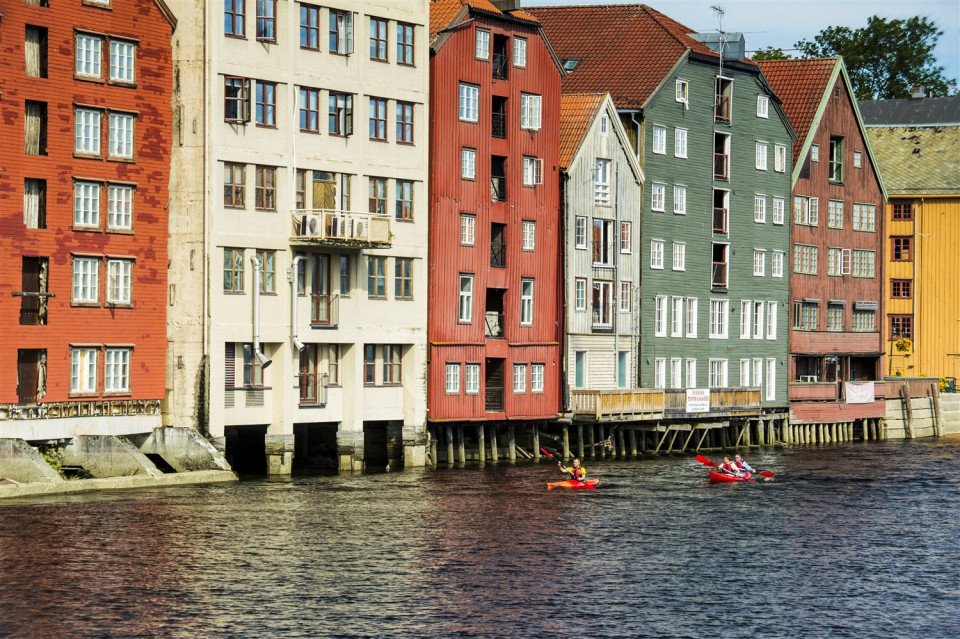
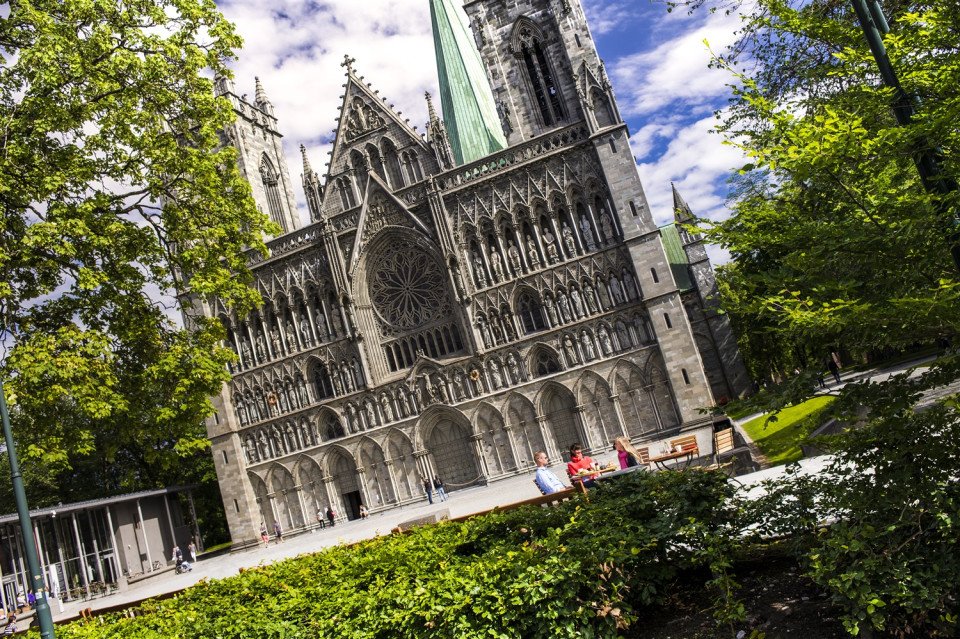
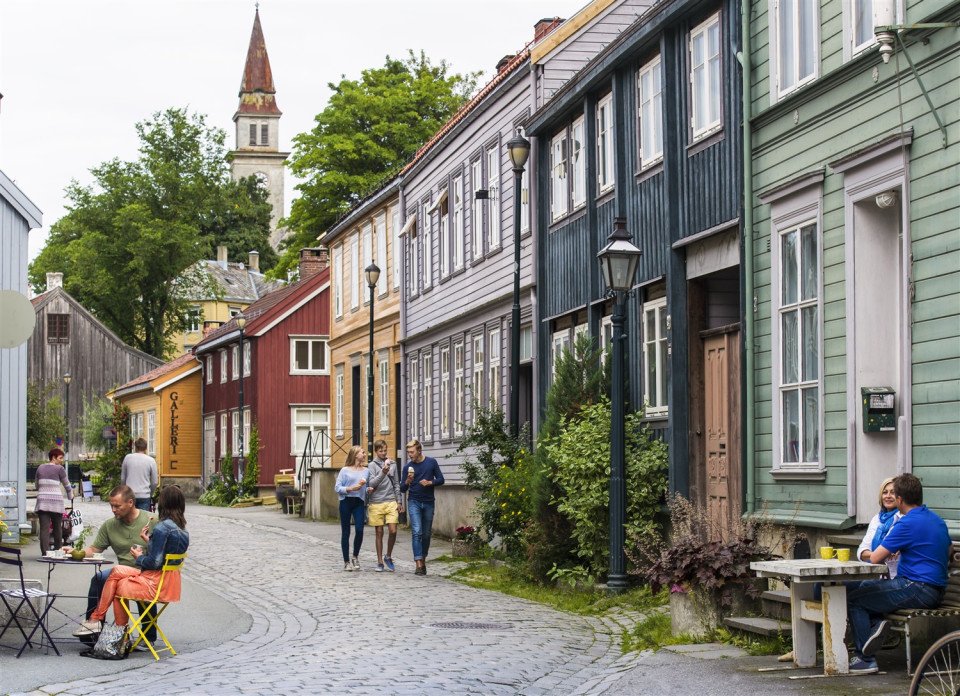
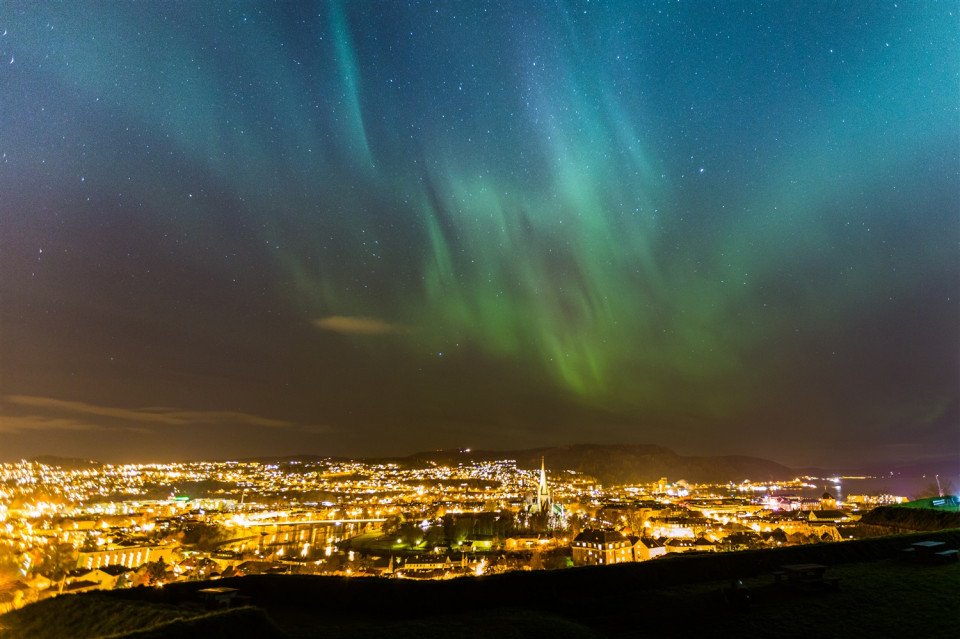
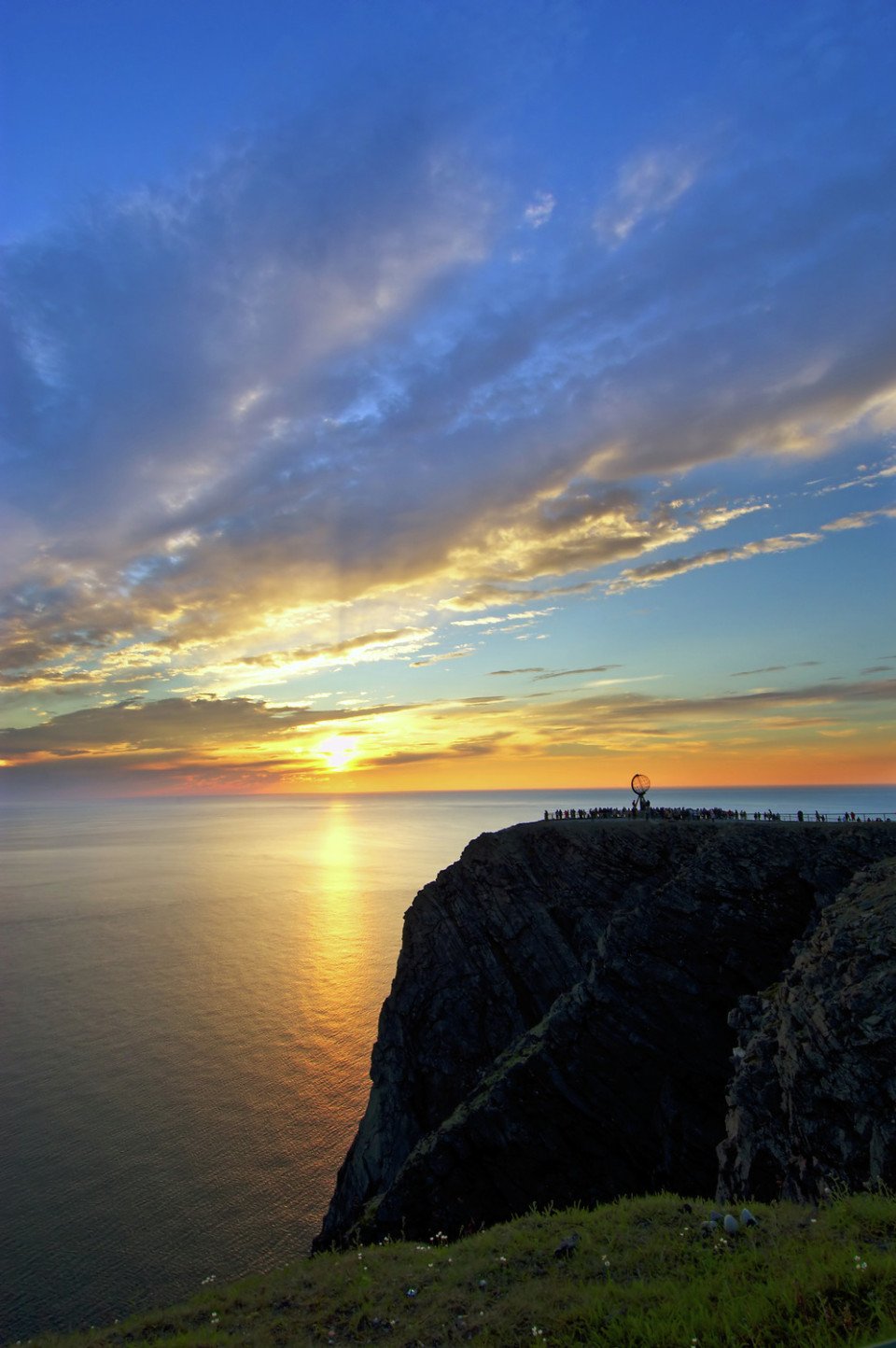
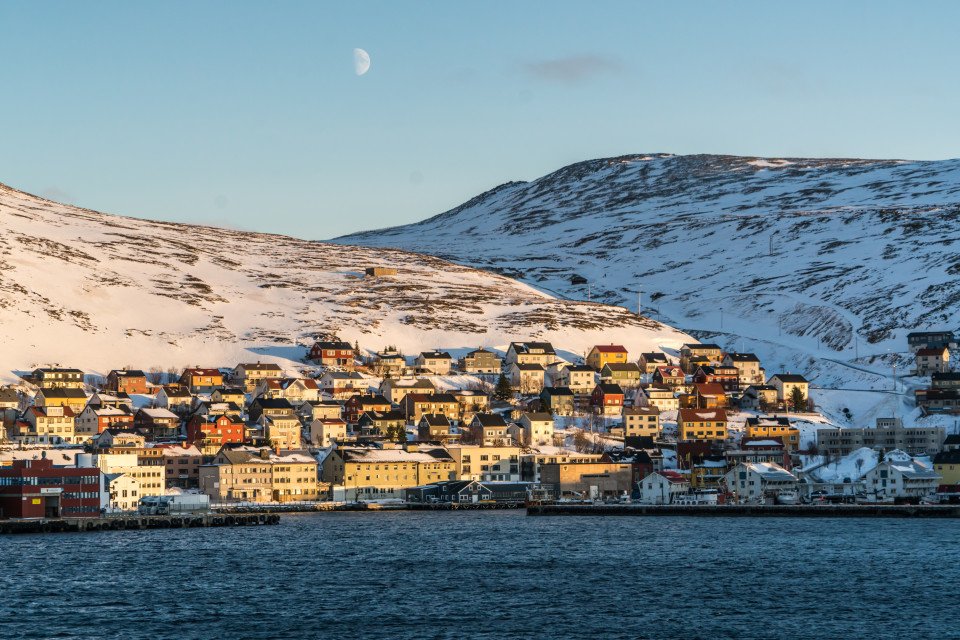
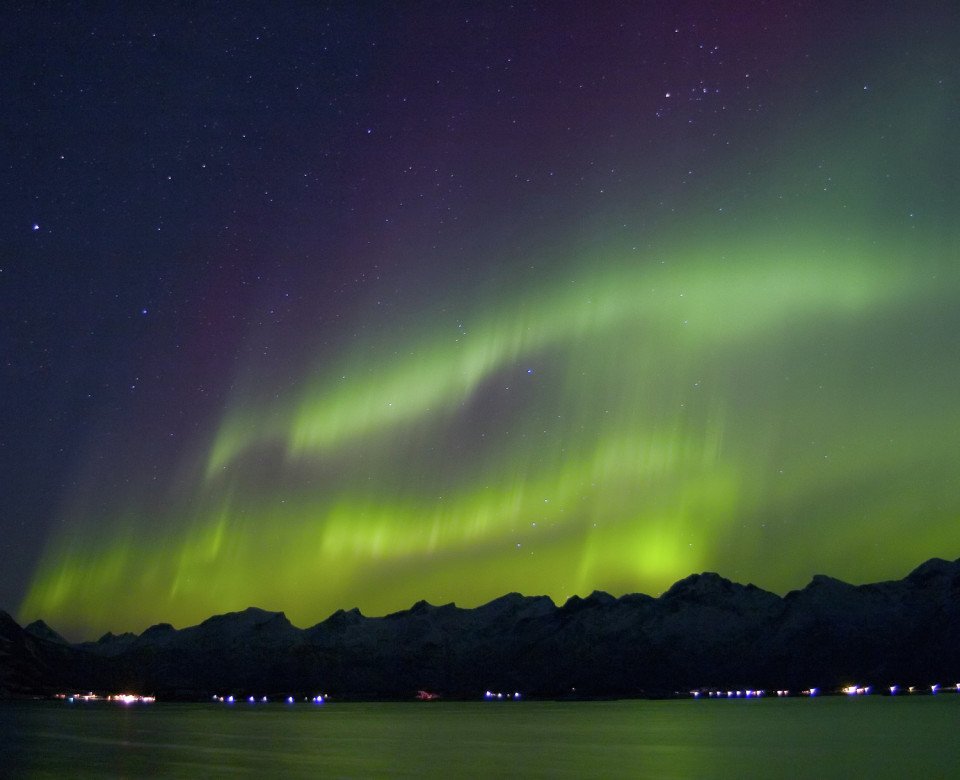
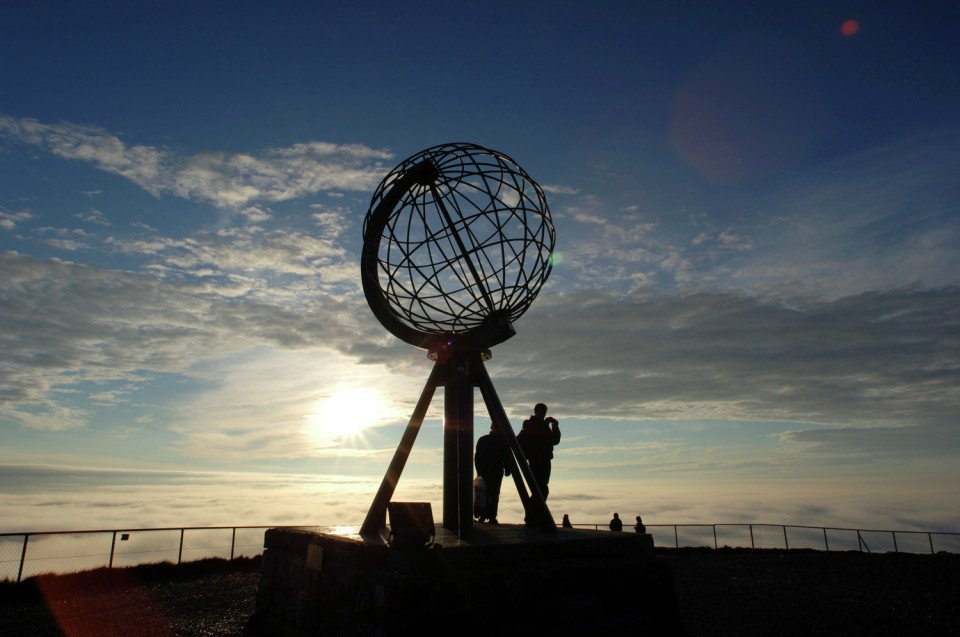
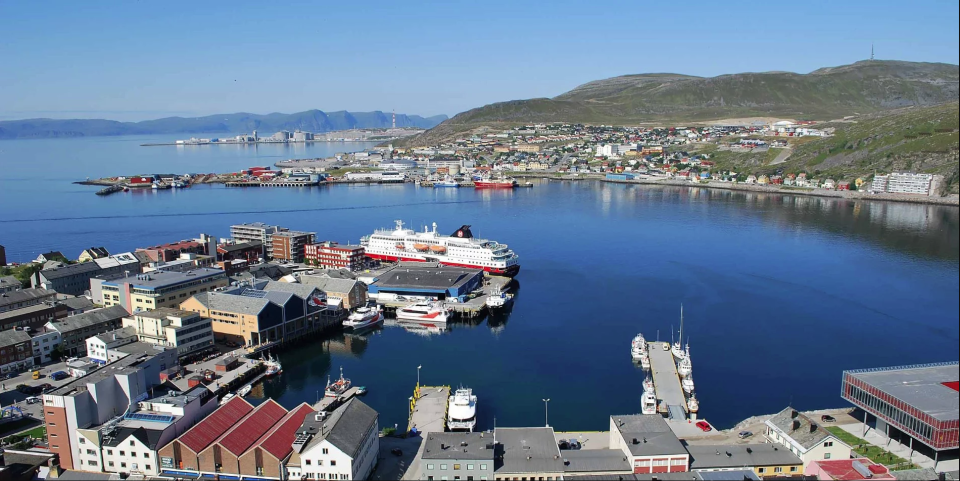
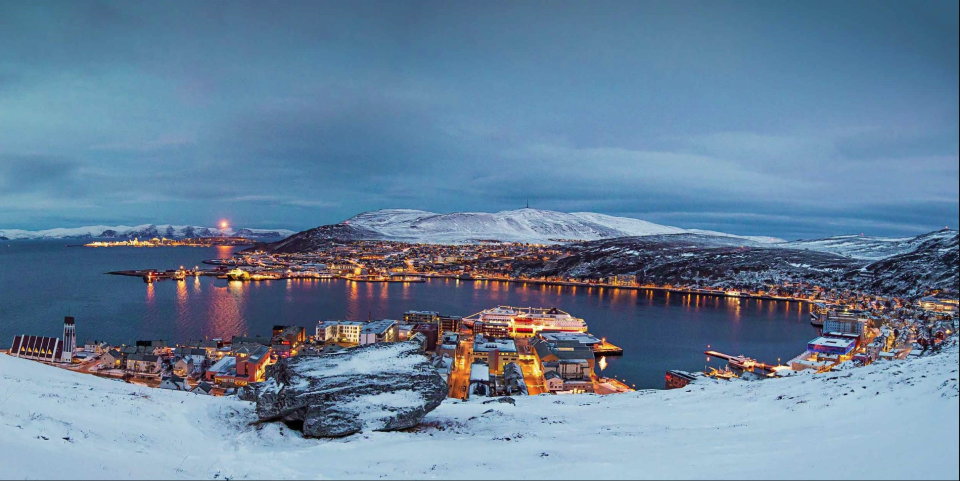

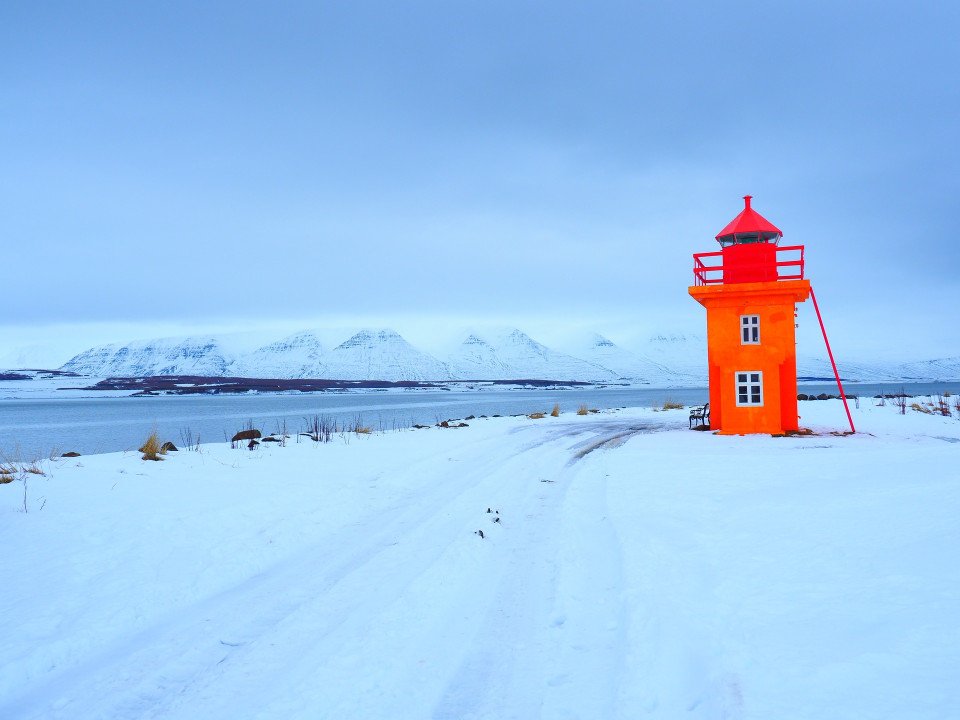
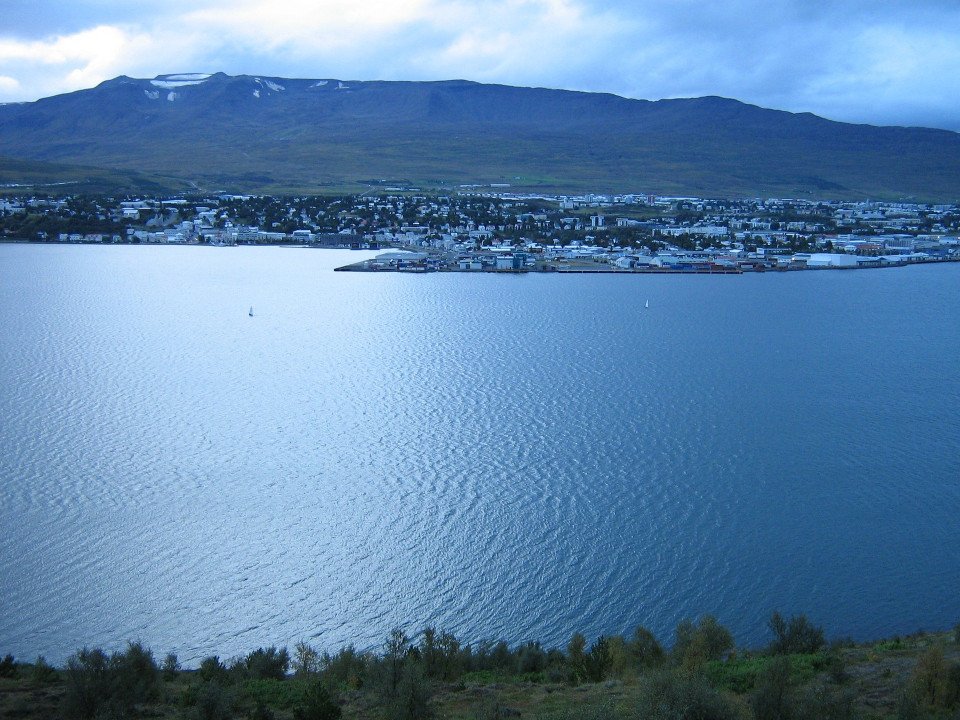
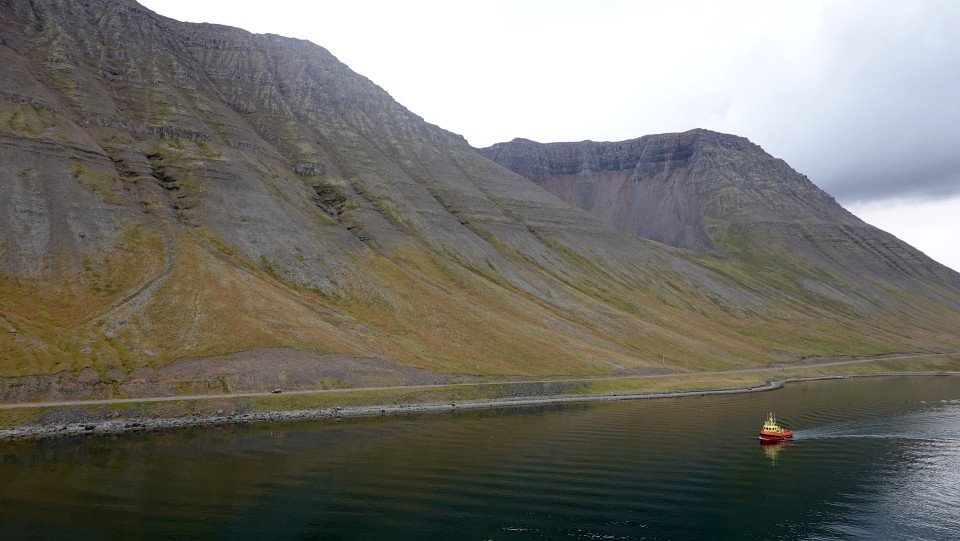

-banner_half.jpg)
-banner_half.jpg)
-banner_half.jpg)
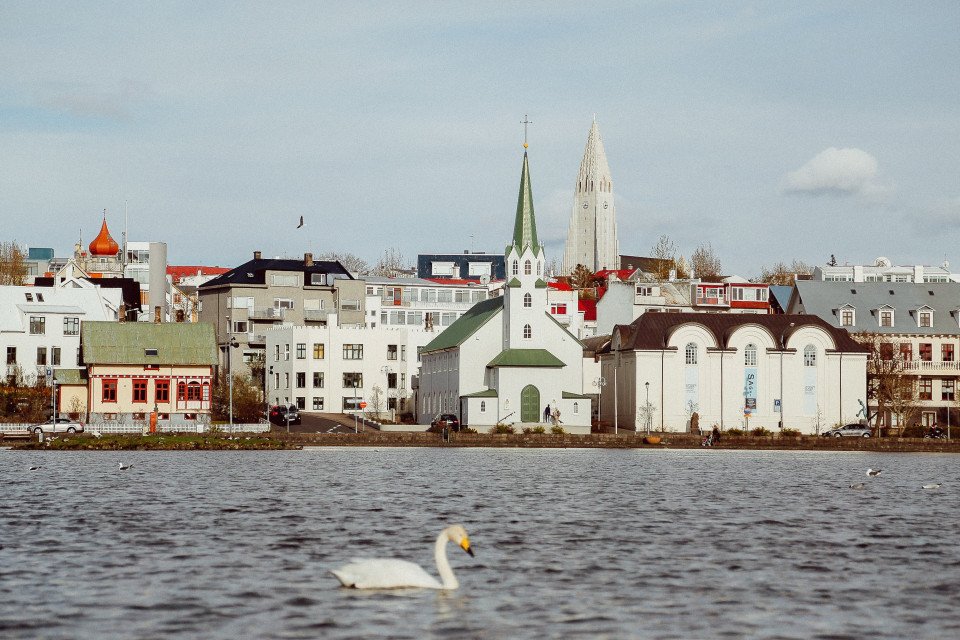
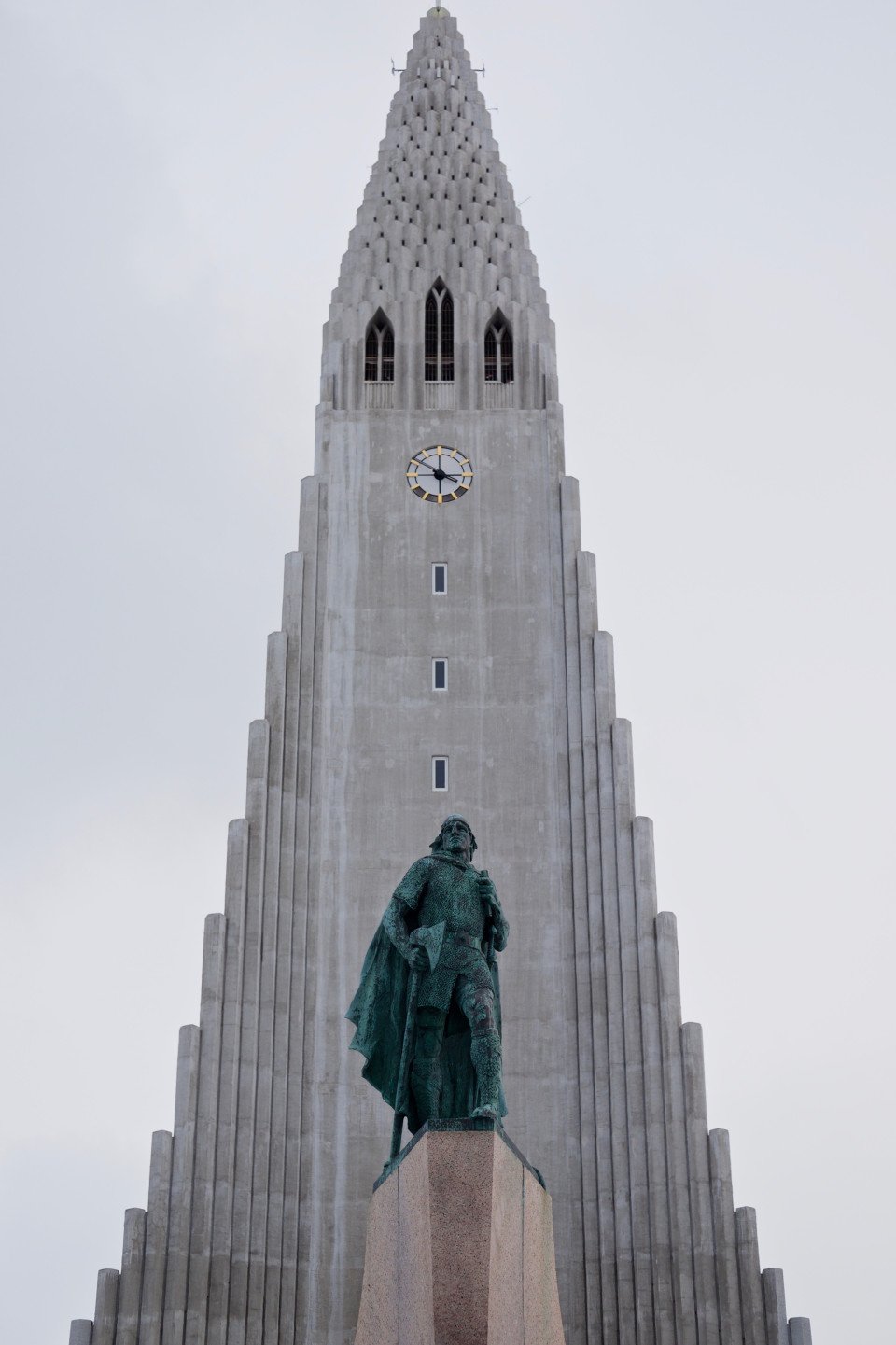

















-large_thumb.jpg)









